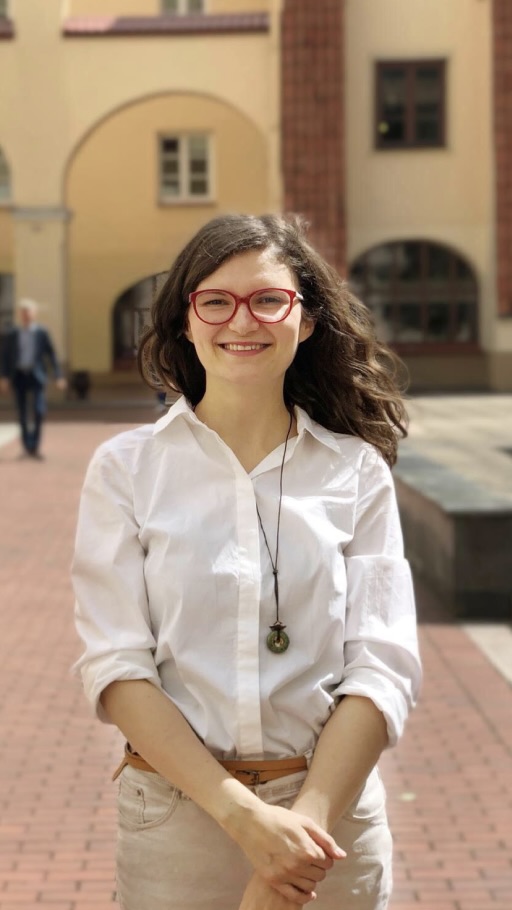28/03/23 - Anželika Teresė (Vilnius University)
Title: Figures of speech in Lithuanian sign language
Anželika Teresė is a PhD Candidate at Vilnius University.
Language: IS with English (Ari Price) and NTS Interpretation
Abstract: In order to solve issues in sign language linguistics, address matters pertaining to maintaining high quality of sign language (SL) translation, contribute to dispelling misconceptions about SL and deaf people, and raise awareness and understanding of the deaf community heritage, this presentation discusses Lithuanian Sign Language (LSL) literature and figures of speech featured therein. The presentation covers qualitative analysis of 38 original pieces of LSL literature annotated in ELAN, a software widely used in SL research. The presentation covers figures of speech and the ways they are rendered in LSL literature. The results of the study show that LSL literature features the following figures of speech: repetition, symmetry, neologisms, metaphors, cinematography, and various types of movement. Lithuanian deaf artists create rhyme by using handshape, movement, and location repetition. They also use three types of symmetry – vertical, horizontal, and back-and-forth. In artistic texts, deaf artists employ classifier and depicting signs, as well as create new and more expressive figures of speech. The study has revealed that metaphors are created in LSL literature at the phonological level and that global metaphors are also a common feature of LSL artistic texts. Metaphors are created by using classifier signs and by modifying the established signs. Artistic texts in LSL are equally rich in elements of cinematography. Deaf artists resort to a range of means of expression including pauses and variation in speed, duration, and scale of movement.

